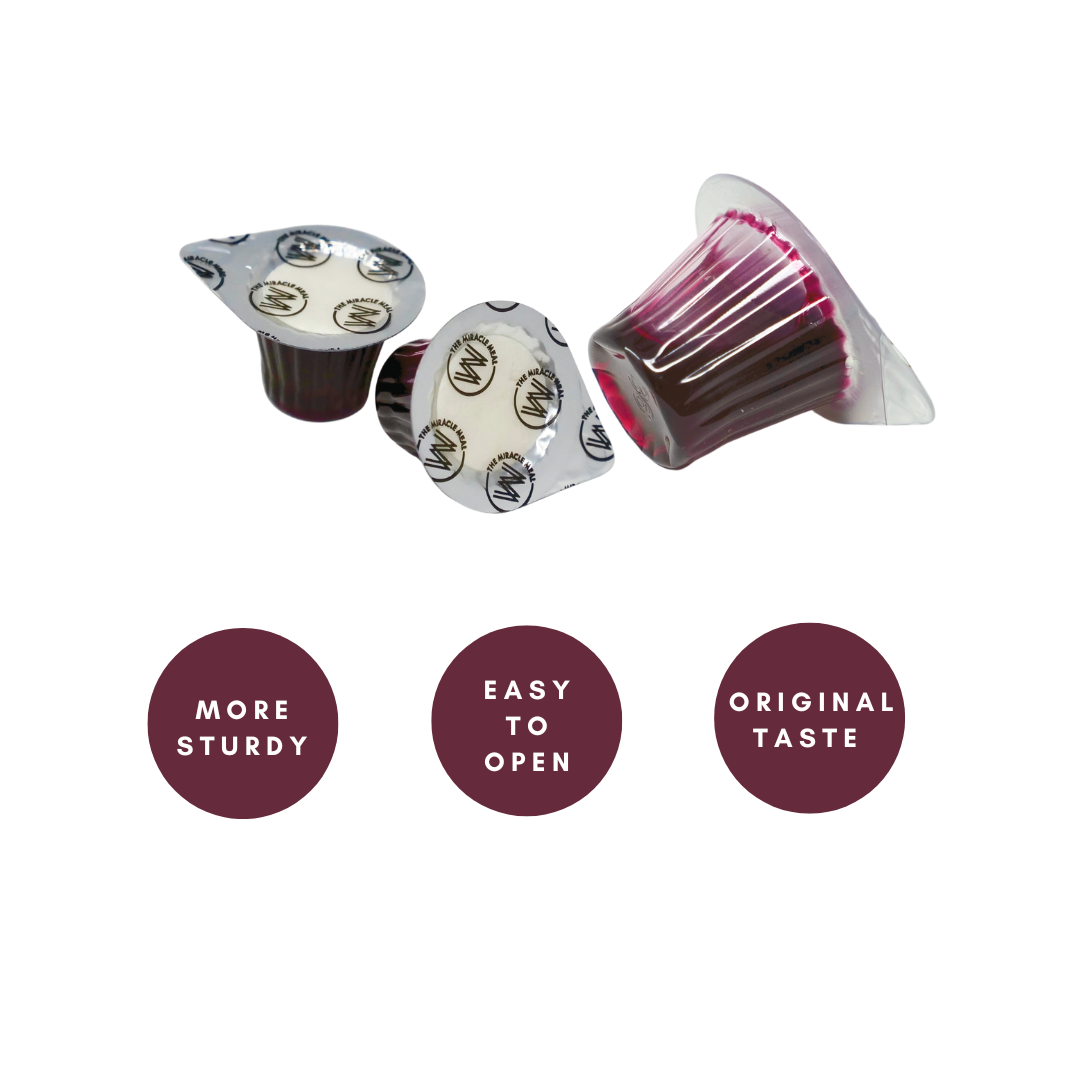Does Everyone Drink From The Same Cup In Communion?
Taking communion is a sacred practice observed by Christians worldwide. One key question people often ask is whether the congregation relies on a single chalice or multiple cups, reflecting the diversity of traditions across denominations and cultures.
In this article, we’ll examine the origins of the shared vessel, how different churches interpret this element of worship, and modern innovations that address practical concerns. Stick around to gain clarity on a topic that shapes faith communities everywhere.
The Tradition Behind the Shared Cup
Since the earliest days of the Church, believers have often asked whether every worshipper sips from the same vessel during the Lord’s Supper. Historically, many congregations used a single chalice to symbolize unity, reflecting accounts of the Last Supper where Jesus offered a shared cup. This practice emphasized communal participation and served as a powerful reminder of collective faith.
However, the shared chalice evolved over time. In the early 20th century, individual cups were introduced, partly in response to health considerations. Many churches embraced smaller, single-use vessels, believing it was a safer option for household members who might have health concerns. Despite these changes, the symbolism of “one cup” remains significant for many faith traditions.
Still, the question, “Is everyone supposed to drink from one container, or can separate cups preserve the same symbolism?” continues to spark discussion. Proponents of the common chalice argue that sharing a single cup powerfully unites believers. Others suggest that the spiritual essence remains intact, even if communion elements are served in individually portioned containers.
Health, Practicalities, and Symbolic Meaning
Beyond tradition, practical considerations frequently shape how churches serve the Eucharist. Worries over communicable illnesses, for example, have led some congregations to favor individual glasses. People also consider the potential for spillage or accidental contact with the chalice. While these concerns are not unique to our era, modern hygiene standards place greater emphasis on minimizing direct physical contact.
Nevertheless, the essence of communion extends deeper than the medium through which it’s administered. For numerous believers, the importance lies in remembering Christ’s sacrifice and unity, whether they receive from a single vessel or separate cups. Scripture references offer the symbolic framework, but congregations interpret these teachings differently based on denominational preferences and local customs.
This leads to an ongoing reflection: do all members truly need to sip from the same container to maintain spiritual authenticity? Most scholars would say the core sacrament remains valid as long as it is undertaken with reverence. Balancing tradition and practicality can lead communities to adopt methods they believe provide both respect for the sacrament and attention to modern realities.
Single-Serve Solutions in Modern Worship
In many modern churches, single-serve containers have become increasingly common. These pre-filled cups include both the wafer and juice, allowing congregants to partake individually without the exchange of a large chalice. Silent to open and easy to handle, they address worries about noise, spillage, and potential contamination, while preserving the integrity of this sacred act.
One reason behind their popularity is the longer shelf life and convenience these packages provide. Because they typically require no extra preparation, churches can store them for up to a year without worrying about spoilage. Moreover, each container comes sealed with two layers: the top film reveals the wafer, and the middle foil seal uncovers the juice, maintaining freshness.
Additionally, many of these single-serve units use recyclable plastic cups, aligning with environmental stewardship values held by congregations. Companies such as The Miracle Meal offer these individual sets to simplify church logistics without sacrificing spiritual meaning. By merging compliance with health standards and respect for tradition, this single-serve approach can serve as a balanced option for worshipers worldwide.
Conclusion
Over the centuries, believers have debated whether a shared chalice is necessary for a meaningful communion experience. From historical practices to single-serve innovations, the essence of the sacrament remains the same: honoring Christ’s sacrifice together, whether it happens through one cup or multiple cups.
If you’re looking to uphold a cherished tradition while addressing modern-day practicalities, we invite you to explore our uniquely designed pre-packaged cups. With a one-year shelf life, easy-to-open seals, and minimal preparation required, our offerings provide an updated solution to communion. Visit our online store to see which options best support your congregation’s needs.



